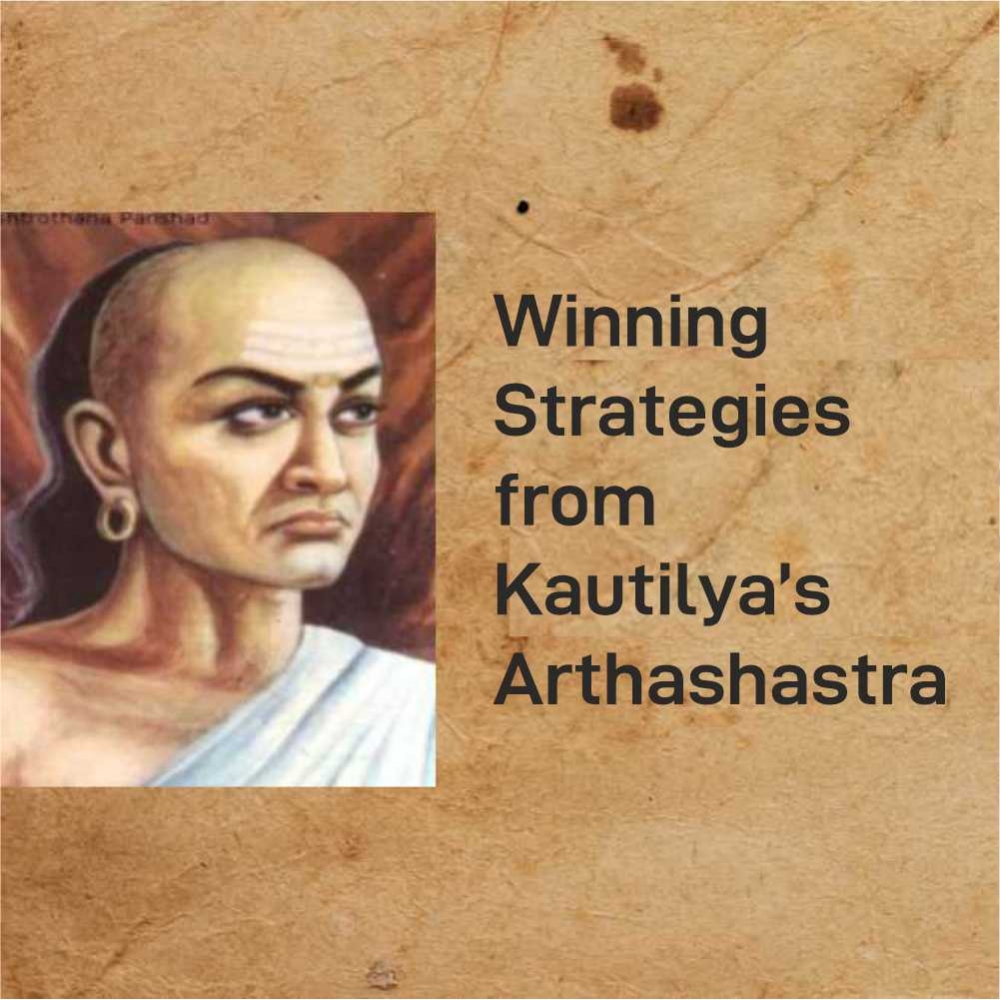It’s a well-known fact that the supply chain revolves around 4 key elements – infrastructure, technology, process and the people. While yet to achieve the desired results, supply chain leaders need to imbibe the seven steps inspired from the pathbreaking strategist of ancient times, Kautilya’s Arthashastra, writes Rajat Sharma, Head – Supply Chain, Hamilton Group.
We are all witness to the evolution in Supply Chain strategy; from plain cost reduction to service level agreements, from inventory buffers to vendor managed inventories, from statutory compliance to unique competitive strength and much more. On the sourcing side too, it has moved from contracted and spot rates to reverse bidding, from stocking to hedging, towards strategic sourcing partnerships across the value chain. IoT and digital revolution have added fuel to .re and the rate of change has accelerated further.
Yet strategy & vision for Supply Chain has always revolved around cost to market Vs time to market, ensuring compliance and quality; and competitive edge in supply chain has always been achieved by paradigm shifts in the approach and execution.
To begin with, the key elements in any Supply Chain are infrastructure, technology, process and people.
Infrastructure and/or Network, whether it is locations for manufacturing & storing, buildings & facilities to suit the operations, mode of movement – carriers, machinery and equipment to supplement the products and processes, not forgetting the IT infrastructure to store and produce information on demand; is critical and may take time and investment to create/change.
Technology is undergoing fairly rapid transformation in most fields of application viz. manufacturing, storage, movement within and outside the premises, packaging, tracking, monitoring and now even semi auto decision making using data processing methodologies like machine learning. We are now seeing a high flux period where software and hardware changes combine to produce IoT, block chain tracking, etc.
People in Supply Chain; right from top notch leaders to daily wage workers, highly skilled to unskilled wage laborers have always posed thought provoking questions and created challenges in talent management including sourcing, training, retention and life cycle management of the manpower across various echelons and diverse needs.
Processes have evolved, not only to match technology & infrastructure but also benchmarks governed by laws, regulations, competition, customer demand & people operating the supply chains.
While the above framework has always been true and shall stand as the drawing board for all new paintings, the nuances have evolved with time and the changes in the last two decades have been exponential; across the globe but perhaps more pronounced in the emerging markets, so is the case in the Indian subcontinent too.
For example, in the case of infrastructure, GST is a reality and the erstwhile taxation constraints on political state boundaries no more form the basis of Network design. The game is open again for Supply Chain leaders to re-think their distribution network. That, with a 7%+ GDP forecast has propelled the 3PL industry towards heavy infrastructure investments with a growth expectation of about 15%-18%, while we haven’t yet seen the kind of consolidation that was anticipated with the legislative move, a quarter of this is being viewed as ‘time to market’ constraints.
Decision making for SCM leaders is thus not simple, though some may claim such to be the case, pointing to simple optimization algorithms. And yet, the game is ever so dynamic with large and small retail and e-commerce players having set shops and channels that were hitherto unknown, and increased the speed of movement of goods, visibility of data and business decisions surrounding these aspects.
While there is scope for simpler algorithms to stand true for optimization of networks, on the other hand, speed, accuracy and quality of deliveries have become far more important than they were a few years back. To add to the woes of contemporary practitioners, industries such as Food & Drugs are now evolving with tighter transit & storage control mechanisms, pushing larger end-to-end cold chains to come into being and the implying costs in maintaining the said constraints over larger spaces or vehicles creating further impetus for collaborative service offerings, thus pushing technology innovations.
The largest target segment today is the new age consumer; the middle class segment with increased disposable income demanding variety & quality, preferably at the door step or onscreen. If they step out, they now look for unique buying experiences apart from cost & quality of products. And, with digital transformation, also referred to as the 4th Industrial Revolution, most big and small organizations are looking at digitizing processes to reduce paperwork and thus manpower. Processes must keep pace to be able to deliver these experiences and achieve the expectations.
All the above need people to design, implement and run smoothly. The most critical being the Supply Chain leaders; their importance is underlined owing to the rapid continued evolution and the rising expectations. Also, as the demand increases, the industry needs many more young professionals to dive into this space of Supply Chain leadership, and this takes us to a pertinent question: how are they responding or what could they keep in mind while taking these decisions?
Kautilya, the great master of ancient Bharat, has mentioned seven elements in his work of Arthashastra, called his Saptang: Swami (the leader/s), Amatya (the managers/decision-makers), Janapad (the gamut of customers & stakeholders), Durg (Infra), Kosh (Finances), Danda (Workforce) & Mitra (Allies – service partners and vendors). Once these seven are wisely addressed and aligned, growth and prosperity will only be a natural progression. This, hence, is of deep relevance for upcoming leaders in supply chain to be able to create agile, sustainable and effective networks.
SEVEN WINNING STRATEGIES
1) A clear understanding of the basics: Ground understanding of organization’s operations, network and distribution needs, their purchase processes and vendor base, pricing techniques and factors impacting vendor costs, the operating fundamentals of the storage and transportation industry and their various modes and models of engagement, etc.
2) Financial Fundamentals:
Impact of costs on top & bottom line, costing & pricing of goods and services, cost of manpower/labor across probable markets, Investment – returns and treatment, cost of talent and cost of not having the right talent.
3) Setting up of clear Supply Chain vision for the organization:
Majorly focusing on creating clear plans across product, channel, network, vendors, manufacturing and sourcing decisions in order to be able to map the right infra, technology and processes. This then needs to be complemented with broad talent maps & people structures.
4) Breaking the vision into milestones:
This is imperative to be able to monitor growth, evolution, performance and even review decisions on people.
5) Testing & experimentation:
Whilst, in this VUCA world, where innovation is imperative, it is always wise for leaders to be able to perform controlled experiments – test processes, technologies & protocols over pilot projects with varied scopes.
6) Understanding & Managing scaleability:
Across all the four factors – Infra, Technology, Processes & people – leaders need to understand the needs and ways to manage scalability. The challenges of creation phase are often easier to visualize as compared to growth, sustenance and eventually succession/transformation.
7) Leadership Development:
No one can deny the importance of developing new leaders across the areas of operation, in order to be able to manage phases of transformation or challenges of scalability.

Categories

Magazine Editions






















